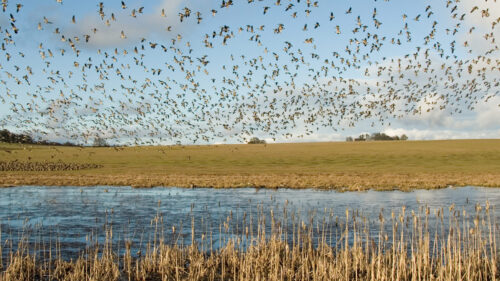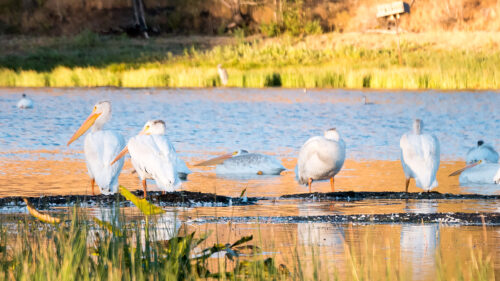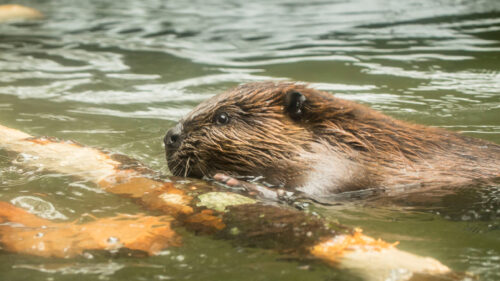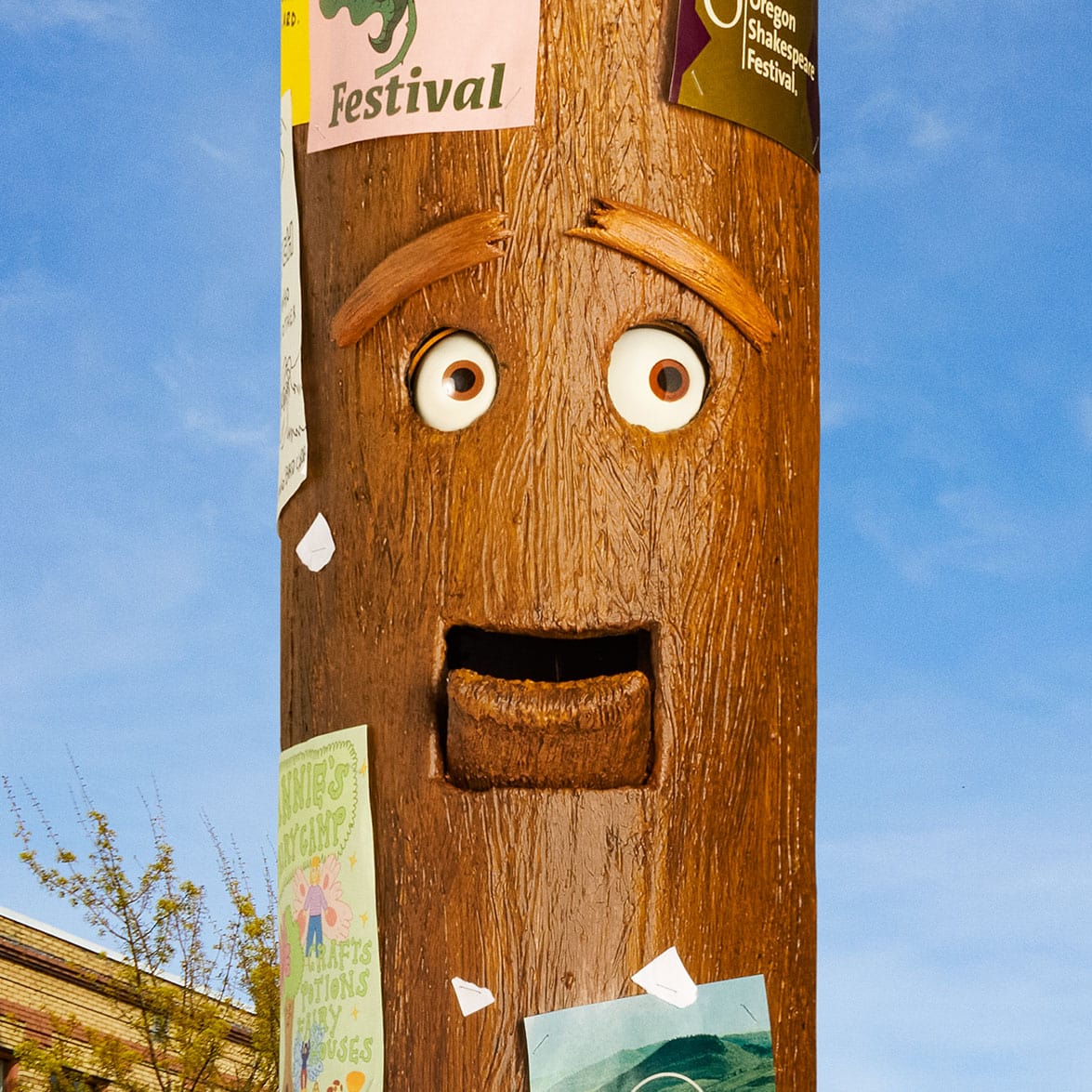No bigger than a quarter, with silvery-blue wings and a life centered around just one specific rare plant, the Fender’s blue butterfly is a tiny creature that’s making an outsized impact in Oregon.
Fifty years after the passage of the Endangered Species Act — and decades of work to restore the wildflower-specked prairies that Fender’s blue calls home — numbers of the once-endangered butterfly have quadrupled. Today outdoor enthusiasts can drop by public lands and the two wildlife refuges in the Willamette Valley to spot the rare (and still protected) butterflies while they flit through spring wildflowers, or visit year-round for bird-watching, wildlife photography and a chance to participate in habitat restoration.
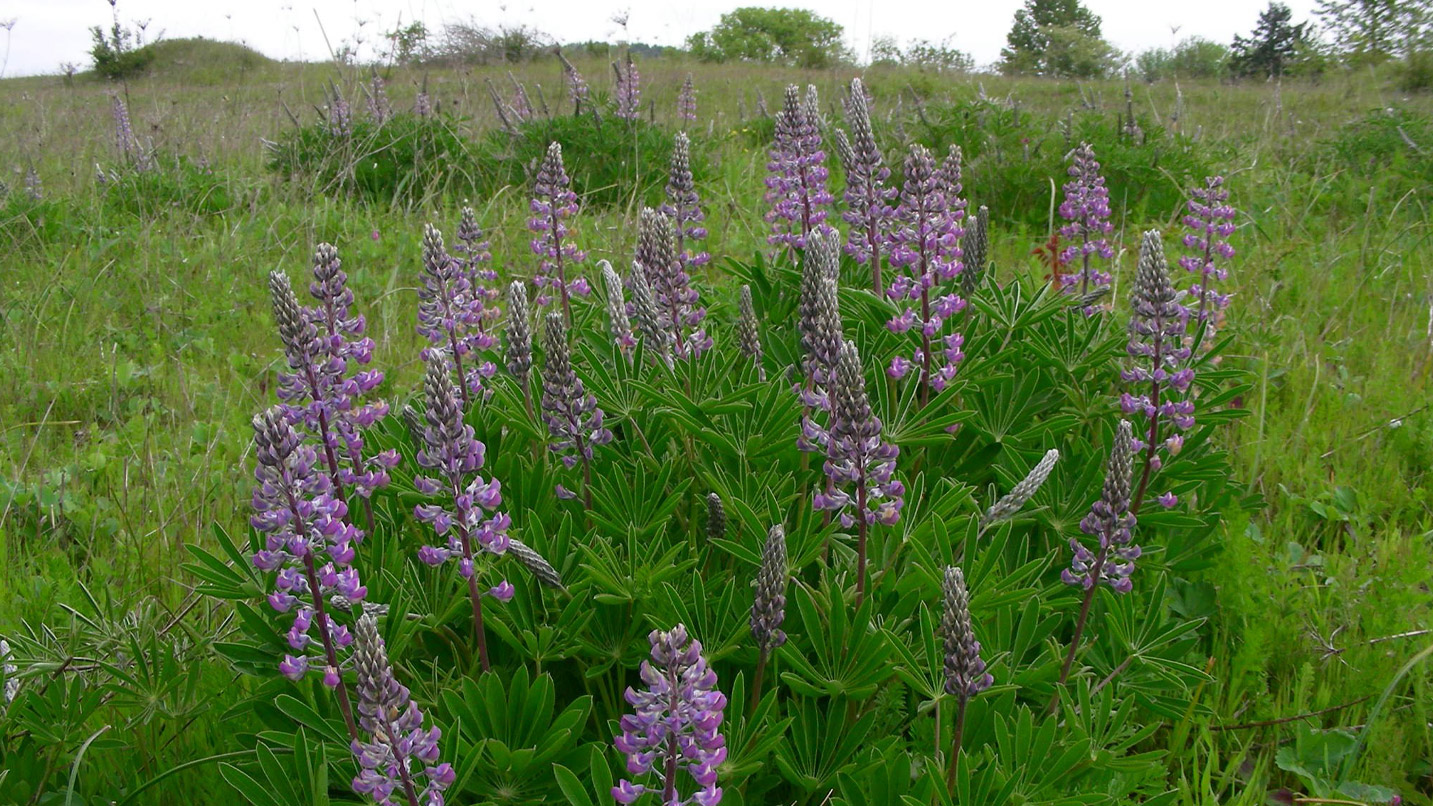
Where Fender’s Blue Live and Thrive
Driving through the Willamette Valley on Highway 99W, agricultural bounty is everywhere: hop fields, hazelnut orchards and vineyard-lined hillsides. When you turn onto the gravel road to Baskett Slough National Wildlife Refuge just north of Dallas, you’ll find a different kind of richness. A trail leads up a gentle slope toward a hill capped with a grove of mossy oaks. From there, gaze over grass-covered hills undulating in all directions. It’s much more akin to the landscape that existed 500 years ago, when upland prairie and oak savannas, nurtured by Indigenous tribes’ seasonal burning, dominated the valley.
It’s also the ideal habitat for Fender’s blue. Prairie species like the butterfly — and the plants it depends on for survival — need that openness, says Matt Benotsch, an outreach coordinator with Greenbelt Land Trust who has over two decades of expertise in Fender’s blue habitat.
Fender’s blue spends its entire life within wingshot of one particular wildflower, a plant with a tall spike of lavender blossoms called Kincaid’s lupine. The butterfly packs a lot of life into a short span. A caterpillar wakes from dormancy in late February or early March, fattens up on lupine leaves, then forms a chrysalis. In about two months, it emerges as a butterfly. Butterflies then have four to six weeks in which to mate, gather nectar and lay eggs.
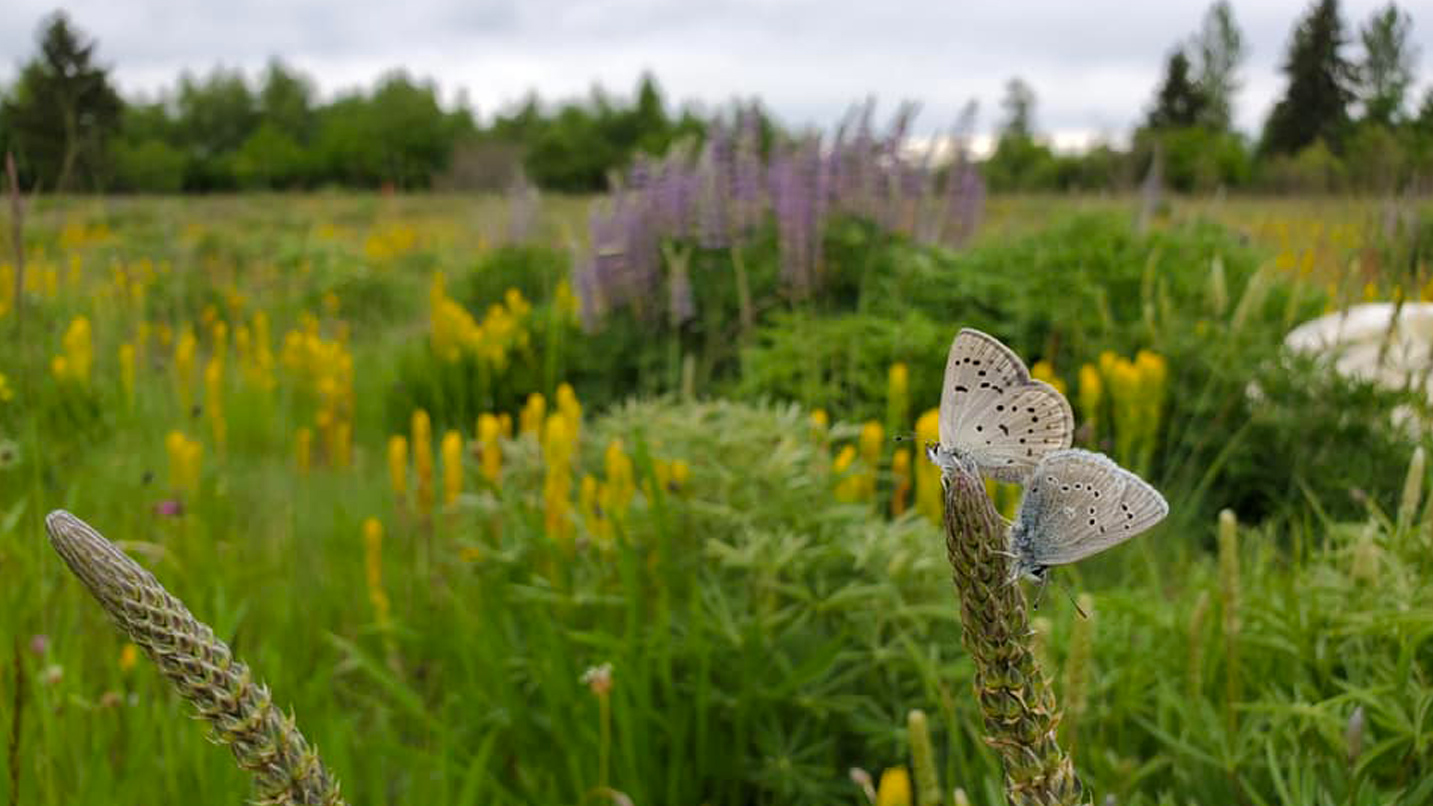
Where Visitors Can Spot Them
Today your best bet to see the rare butterflies is at public parks, refuges and reserves that contain known populations and their host plant, when the butterflies are active from late April to early June. Male Fender’s blue butterflies are silvery blue while females are soft brown. The best way to determine if you’ve spotted one is to look for a telltale arc of black spots on the underside of the wing — both males and females have a double row of speckles.
In the Portland region, head to Scoggins Valley Park at Henry Hagg Lake and look for the pale purple flowers from around mid-April to June. The 14-mile lakeshore trail passes by meadows seeded with lupine.
The 2,558-acre Baskett Slough National Wildlife Refuge — about 14 miles east of Salem — hosts the butterfly and around 230 bird species; visitors can walk the almost 1-mile Rich Guadagno Memorial Loop Trail for some prime Fender’s blue habitat. Samantha Bartling, visitor services manager at the refuge, advises visiting on a warm, sunny day. “If it’s rainy or windy at all, it’s not a good flight day,” she says. “Make sure it’s a day a human would want to be out, and a butterfly will want to be there too.”
About 12 miles south of Corvallis lies another rich site for viewing, the William L. Finley National Wildlife Refuge. Try the Pigeon Butte, Beaver Pond and Cattail trails, which weave through grassy marshes and the remnants of a pioneer homestead.
In Eugene keep your eyes peeled for butterflies in the Willow Creek Preserve in the West Eugene Wetlands, one of the ecologically richest areas of remaining native prairie in the valley. You may also see Oregon’s state bird, the yellow-bellied Western meadowlark, which thrives in the same restored ecosystems as Fender’s blue.
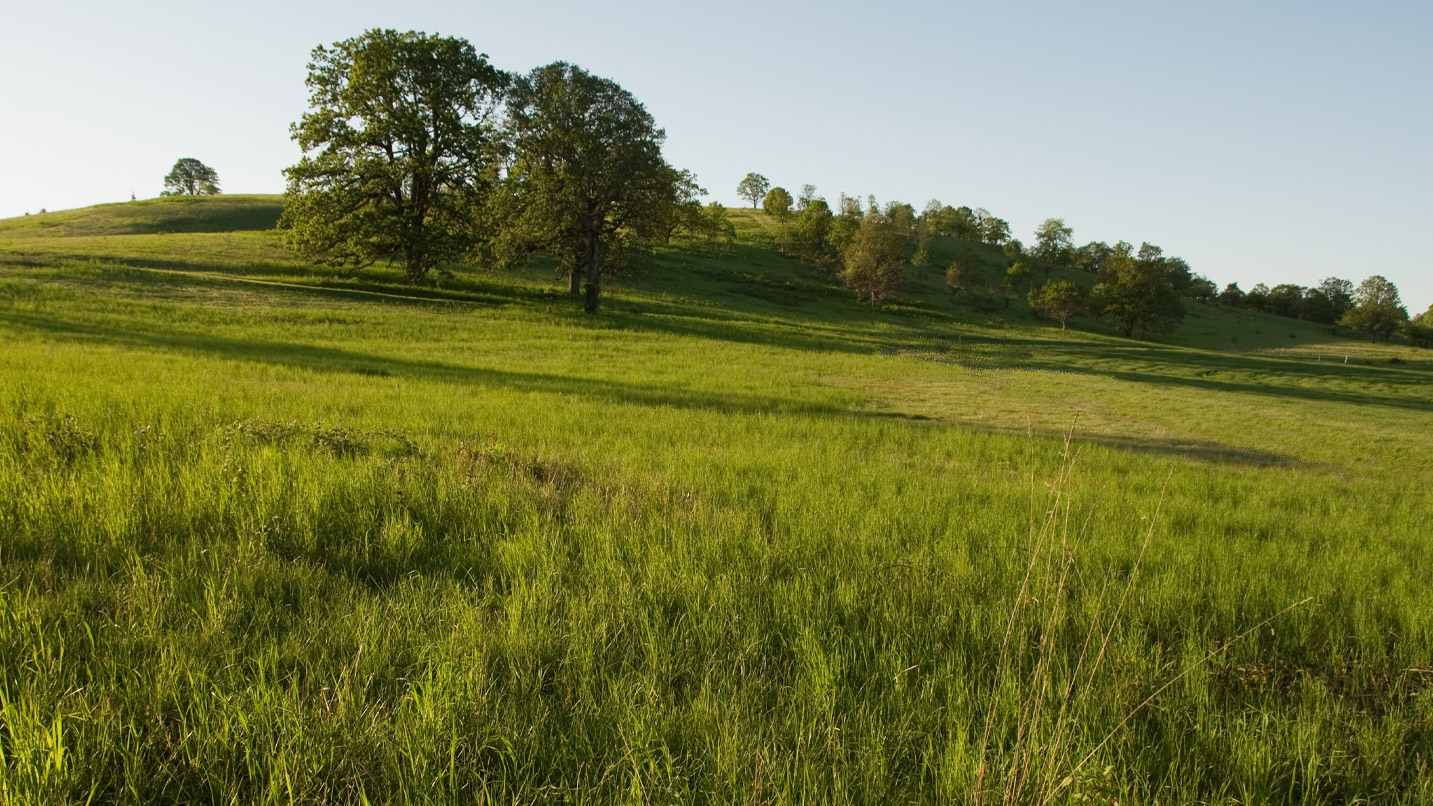
How Conservation Efforts Saved the Butterfly
When you do spot a Fender’s blue butterfly, be sure to savor the moment — you’re witnessing an ecological success story.
By the 20th century, many prairies where Kincaid’s lupine thrives had been converted to agriculture in the Willamette Valley, and settlement had disrupted Indigenous burning practices that kept competing shrubs at bay. With only scattered patches of lupine to call home, the Fender’s blue dwindled. For 62 years there were no confirmed sightings; scientists declared it extinct.
Then in the late 1980s, two sightings proved that scattered populations existed. In 2000 Fender’s blue was added to the federal Endangered Species list, and conservation groups partnered with public agencies and private landowners to protect remaining zones of upland prairie. This meant removing invasive species, replanting host plants and working with tribal groups to restore controlled burning.
Benotsch believes those years of partnership and protection are finally paying off. “We’re seeing the needle move,” he says. The butterfly is now found on twice as much acreage as it inhabited in 2000. Sites with Fender’s populations have quadrupled, and 17 private landowners have signed protection agreements. With these promising stats in mind, the species was reclassified in 2023 from endangered to threatened.
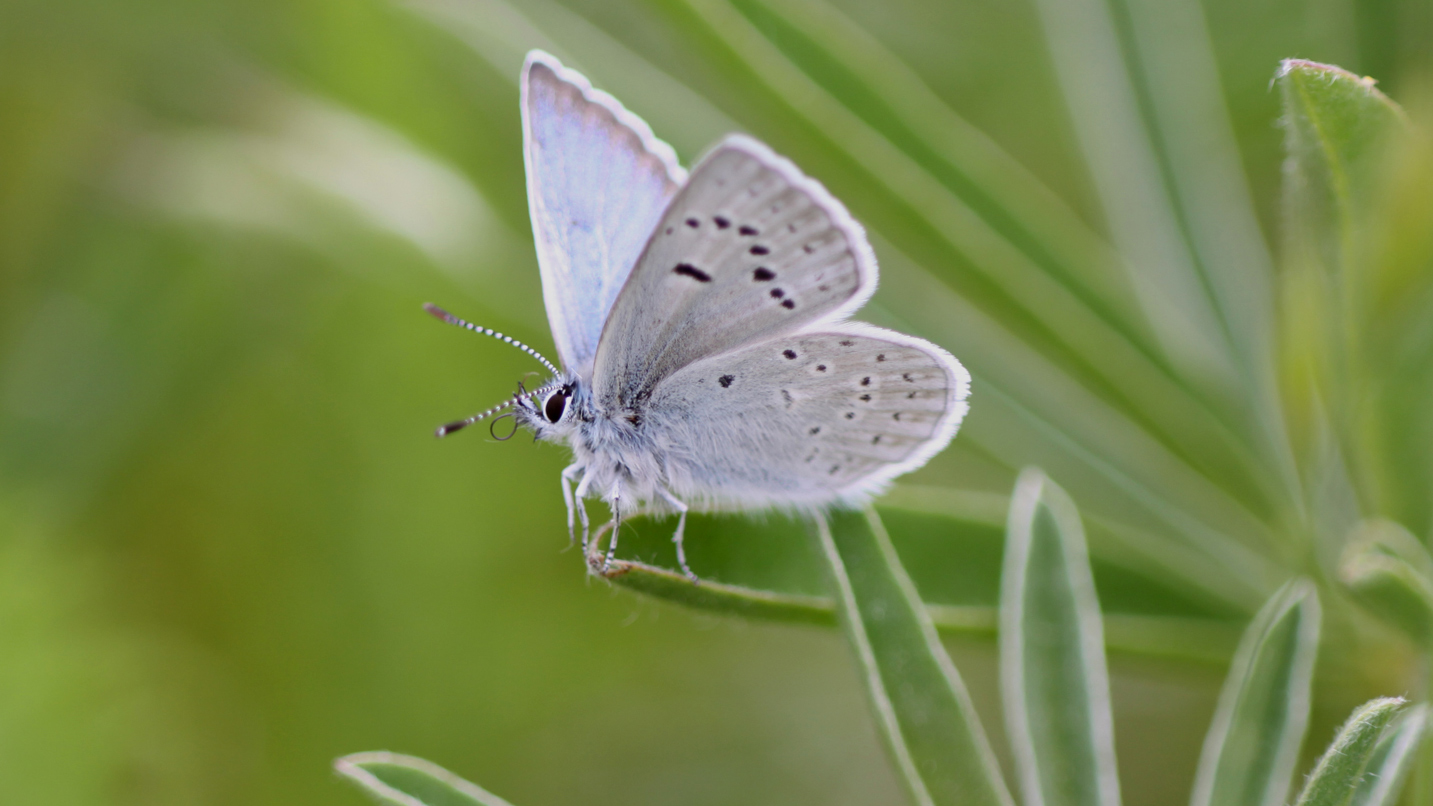
How to Respect Butterflies and Their Habitat
Respect the species by not disturbing the creatures or their delicate habitat. Leave your pets at home, stay on established trails and don’t try to catch butterflies or pick their host flowers. Graham Evans-Peters, refuge manager for Ankeny and Baskett Slough national wildlife refuges, says photography is one of the best ways to spot the butterflies and preserve your memories.
“If you can keep somewhat of a distance, when you see a butterfly, zoom in and take a high-quality picture,” he says. “Half the fun is going home and trying to dissect the image. Unless you’re a lepidopterist (butterfly scientist), it’s going to be hard to make that distinction on the wing.”
You can also play your part in helping to save the Fender’s blue by helping with habitat restoration and other volunteer projects. Drop in to volunteer on the third Saturday morning of every month at Ankeny Hill Nature Center, just south of Salem. No sign-up is necessary, and it’s open to all ages. Projects include outdoor work like trail maintenance and indoor tasks like cleaning classrooms or putting together educational packets. At the Greenbelt Land Trust in Corvallis, participate in weekly and seasonal volunteer opportunities battling invasive weeds, collecting native seeds and monitoring wildlife. You can also join the Xerces Society’s Pollinator Protection campaign by planting habitat plants where you live.
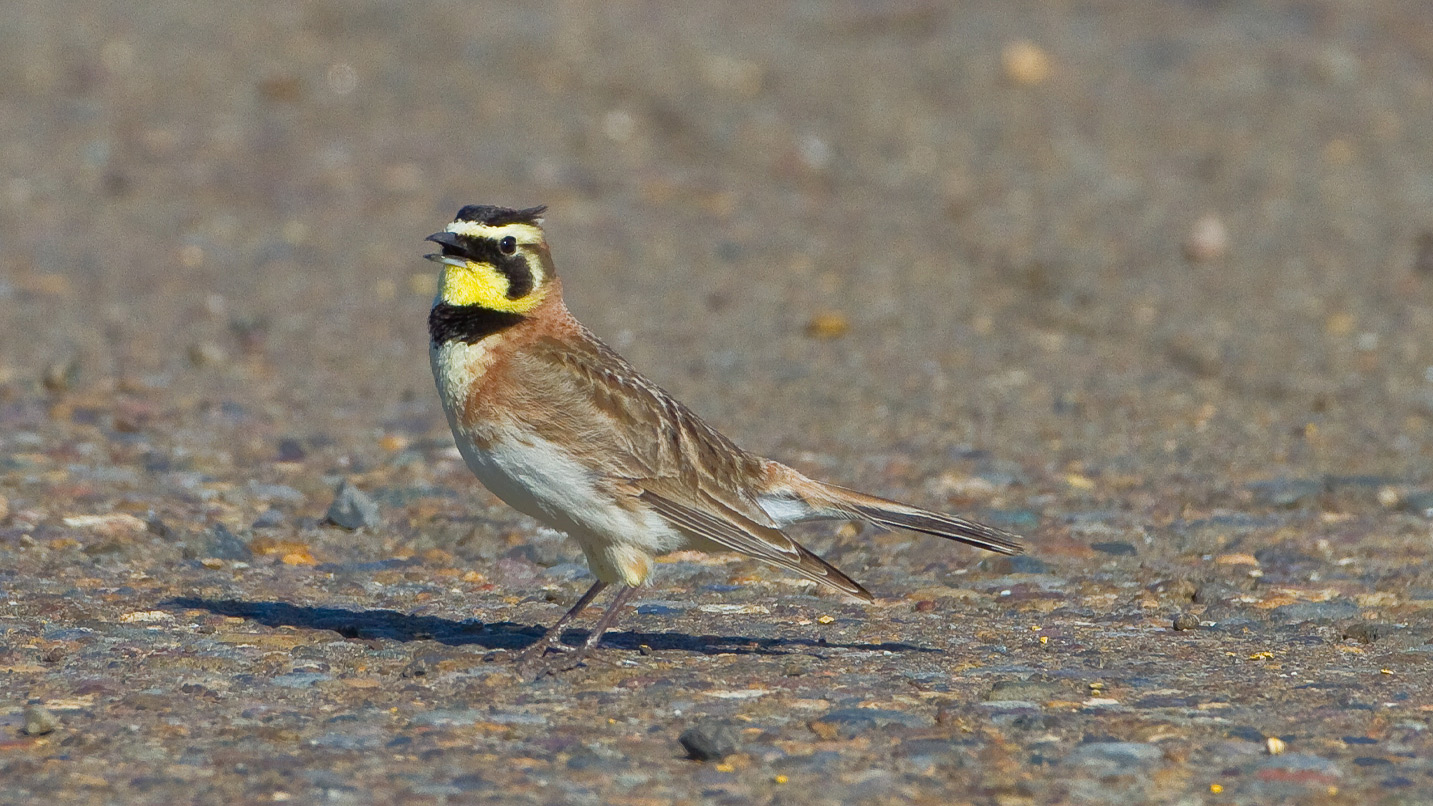
More to See and Do at Refuges
Butterfly spotting is only one way to enjoy a wildlife refuge. These habitats are bursting with life, from tiny frogs to massive Roosevelt elk and the occasional bear or bobcat. Things to try at refuges:
- Listen for birdsong. If you’re new to birding, Bartling suggests the Merlin Bird ID app; it listens to the birds around you and shows you real-time suggestions for who’s singing.
- View rare creatures. Managing landscapes for Fender’s blue has helped other species rebound. Learn about protected plants and animals like the Willamette daisy, the golden paintbrush and the streaked horned lark, and see if you can spot them on a hike.
- Go at golden hour to capture stunning photographs. Most refuges feature gorgeous natural scenery and are open dawn to dusk. In the late afternoon, the light can be perfect to capture wildlife and nature photography.
